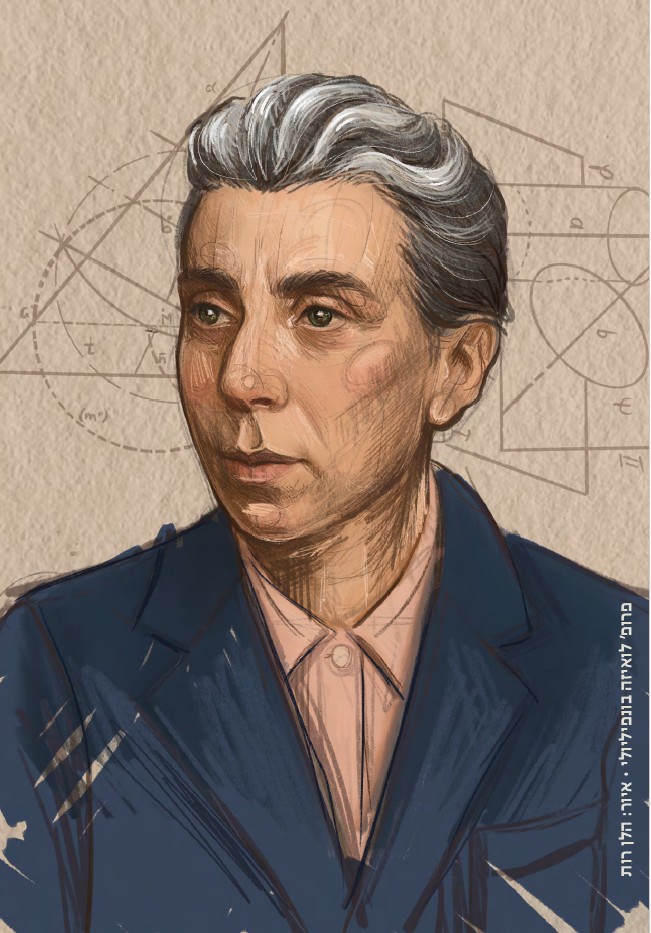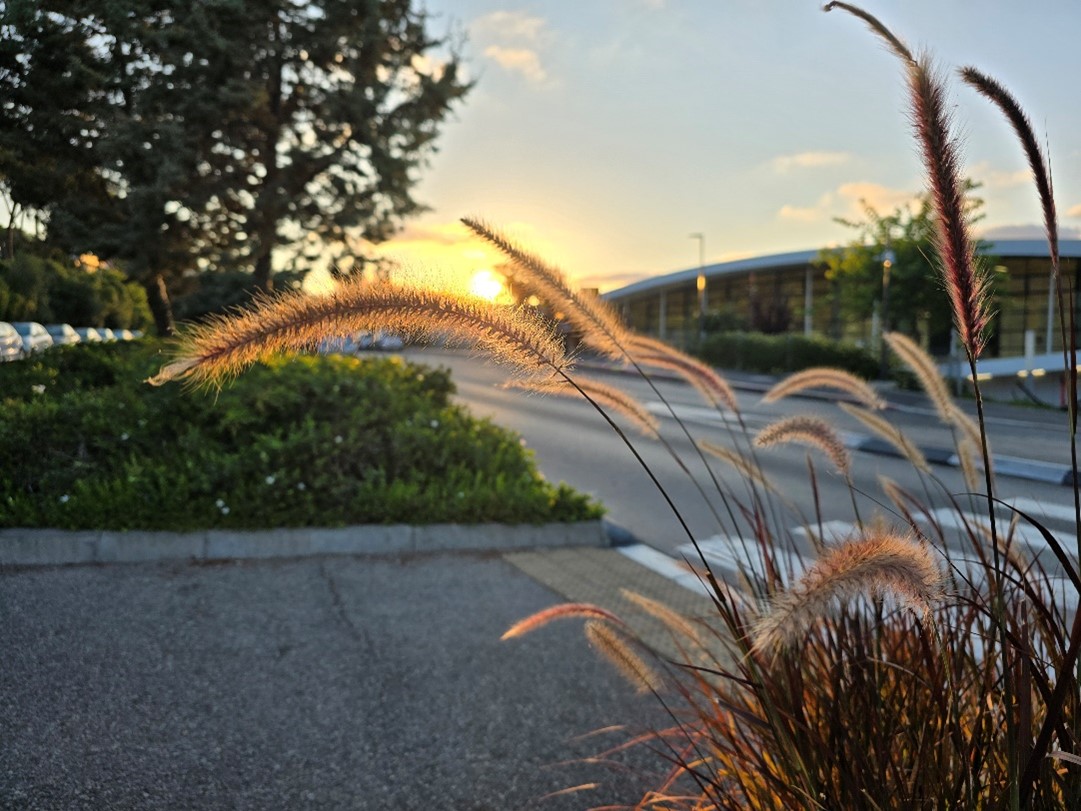מפגש חשיפה של הטכניון
סינמה סיטי גלילות, 12.02.26

חלוצה, לוחמת ואדריכלית: בוגרת הטכניון האדריכלית מוניקה תיבון (2025-1928) הלכה לעולמה

חוקרים בטכניון גילו שאזורים חסרי מבנה הם המפתח ליכולתם של פקטורי שעתוק למצוא בדיוק וביעילות את האתרים הנכונים על ה־DNA וכך לשלוט בהפעלת גנים

מפגש מתעניינים ב-ZOOM לפקולטה למדעי המחשב
15.01.2026 חמישי, בשעה 18:00
הוספה ליומן

יום פתוח לתארים מתקדמים במדעי ההתנהגות והניהול
28.01.2026 רביעי, בשעה 15:00
הוספה ליומן

מפגש חשיפה של הטכניון בסינמה סיטי גלילות
12.02.2026 חמישי, בשעה 16:00
הוספה ליומן

תערוכת "מראות מקום"
30.11.2025 ראשון, בשעה 09:00
הוספה ליומן

תערוכת הצילום "טבע בקמפוס"
16.07.2025 רביעי, בשעה 09:00
הוספה ליומן
100000
בוגרים
18
פקולטות
15000
סטודנטים
60
מרכזי מחקר
ברחבי הקמפוס